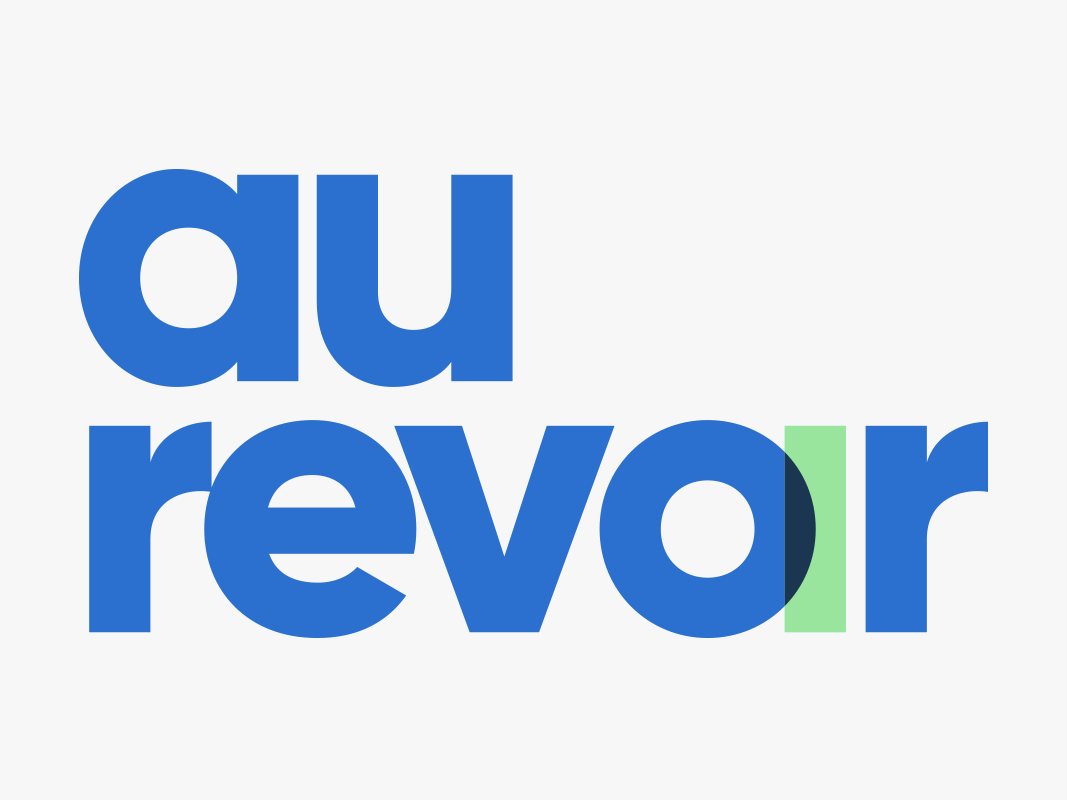What’s the most valuable asset you have in your digital marketing arsenal? Your customer data. And, today you have the added responsibility of ensuring you control and protect the privacy associated with your customer data.
Relationships with brands are built on trust, and there’s growing frustration with consumers when irrelevant and unwanted advertisements come their way. On top of that, there’s all the talk of data privacy and the use and control of cookies.
The recent cookie news from Google that they will drop support for third-party cookies within the next two years has many digital marketers wondering how this affects them.
Now, what does this mean for you? The short story is that it will dramatically change the entire marketing ecosystem and impact marketing teams worldwide. It moves control of customer understanding away from third parties towards consumers through new yet un-agreed standards from the W3C, which is just a big pile of uncertainty.
Giving consumers control over the use of their personal information is long overdue. Still, it does raise the critical issues of establishing a trusted relationship with them immediately. At the same time, it’s easier to do it before these changes sweep the industry in less than 24 months.
There will be other parties that will still remain in the data loop – and those are the browsers we use on desktop and mobile. Companies that make you sign in to save bookmarks and history like Google, will continue to have total visibility. This is the same Google that’s been so vocal about removing third party cookies.
WHY COOKIES MATTER
Now back to these cookies. As you know, cookies are a digital marker that third parties add to browsers when consumers visit a website. These third parties are companies or people that your consumers don’t have a direct relationship with and often don’t even realize are tagging them.
Of course, third party cookies are not the only type of cookie. First-party cookies are placed by the owner of the site being visited. These are web identifiers that you control on your websites, they form part of the agreement between you and your consumers – the brand your customers know and trust. They are used to remember settings and preferences between visits but, more importantly, to personalize your customer’s experience and make subsequent communications relevant, based on their opt-in choice.
You are responsible for acquiring, building, and retaining customers alongside delighting your customers daily. Getting the cookie strategy right and using the right CDP technology means two things: better understanding (not missing any user touchpoints) and better audience identification (is this person really a VIP or a trouble maker?).
Those two recipes alone create more appropriate, personalized experiences. More relevance and better customer delight, what more could you ask for?
LOOKING BEYOND LEGACY
Many of the legacy MarTech solutions out there, like Data Management Platforms (DMP), rely on third-party cookies to function. These solutions will be affected the most by this move from Google. For example, DMP platforms depend on third-party cookies as a primary identity.
When third party cookies go away, many solutions like DMPs will break. They will naturally need to update their tech before that happens, which will involve upheaval for all the marketing teams depending on them. Then there is a risk of some touchpoints being missed and holes in the understanding of customers.
Google’s change to the use of third-party cookies is essential for you because it affects how you use your customer data. And, ultimately how you build customer engagement and trust – this highlights the importance of audience management.
Unlike legacy DMPs, audience management tools, like Audiens’ Customer Data Platform, accepts all forms of digital identifiers, including more trusted, regulation-compliant first-party cookies, mobile Ad IDs, hashed email addresses and mobile phone numbers.
Using a next-generation CDP as an audience management tool seamlessly stitches together the entire journey of your customer, not just online but also in physical stores. This gives you full insight and understanding of your audience, allowing you to build precise, relevant, engaging, and timely communications with your customers. Engaging communications and relevant advertising builds delight and trust – what could be better?
To get you ready for the disappearing third-party cookies, here are a few things you can do to bypass the chaos and clearly demonstrate the customer love.
- Select a CDP focused on audience management that doesn’t depend on third-party cookies. Sure, you have a lot of data, but that data is often stored across lots of disconnected silos. It needs to be joined up and intelligently segmented to create all the right audiences you need.
- Create a joined-up view of all of your current users while third-party cookies still exist. This builds a full historic picture going forward. This does not require high costs, lots of intricate planning, or high IT consultancy bills, and it does not depend on third party cookies. With the right audience management tool, you can get the basics live in hours.
- Actively work with customers on delivering relevant communications that build engagement and trust. For example, stop sending promotions to people that have just bought the product – that will only upset or annoy. Show them related products that further improve their experience instead- simple.
________________________
Insight by Marko Maras, CEO, Audiens

